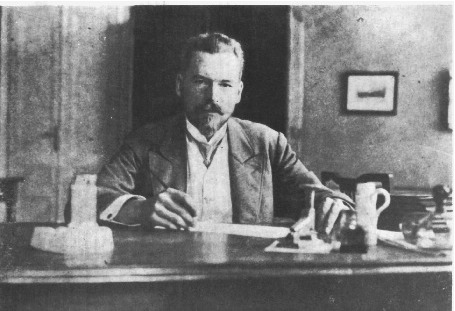Speaker
Description
The structural relaxation of dense liquids displays a drastic slowing down upon compression or cooling, a phenomenon which is commonly identified with the glass transition. Many dynamical properties of the glass transition in bulk liquids have been successfully described by mode-coupling theory (MCT [1]). Even more involved is the description of confined liquids since they already exhibit interesting phenomena, like layering and gradients in the diffusivity, below the glass transition due to the breaking of the translational symmetry. In recent years, a MCT for confined hard-sphere liquids has been derived and its static properties have been compared to results from computer simulations [2,3]. Most importantly, it was discovered that the confinement induces a multiple reentrant glass transition. This could lead to the coexistence of glass and liquid in a wedge geometry [3].
Here we go further and investigate the dynamical properties of confined glass-forming liquids. By applying the standard scaling analysis [4], we find that the multiple decay channels (parallel and perpendicular to the walls) lead to additional, non-trivial contributions to the asymptotic solutions of the MCT. This qualitatively changes the connection between the bifurcation of the nonergodicity parameter and the long-time behavior of the coherent scattering function. Additionally, we present a detailed comparison of the dynamical properties predicted by MCT to results from computer simulations of hard-spheres (using event-driven molecular dynamics simulations). This includes the investigation of the coherent and incoherent scattering functions as well as an analysis of the $ \alpha $ and $ \beta $ relaxation processes.
[1] Götze, W.; Complex Dynamics of Glass-Forming Liquids, Oxford University Press, 2009.
[2] Lang, S. et al.; Phys. Rev. Let. 2010, 105, 125701.
[3] Mandal, S. et al.; Nat. Comm. 2014, 5, 4435.
[4] Franosch, T. et al.; Phys. Rev. E 1997, 55, 7153.

